Table of Contents
To check several devices, we need measurement devices to find out whether the device is working correctly or not. When estimating microwave dimensions devices, one of the appliances that come entirely in handy is the Microwave Test Bench.
If you are not familiar with this device, we are here to share about the device with you.
What Is A Microwave Test Bench?
"A Microwave Test Bench is a device that helps measure different values such as VSMR, frequency, impedance, guide wavelength, free-space wavelength, power measurements, etc. It is a technical device known to conduct and regulate microwave devices."
It can help us emulate the outcomes of electromagnetic radiation on materials and enhance the arrangement of products for security and efficiency.
Why Do We Need A Microwave Test Bench?
So why do we require such devices? Microwave Test Benches help design, develop, and manufacture microwave devices to ensure they perform as expected. These devices are critical for any company dealing with communication equipment or the wireless industry.
It provides the ability to put your microwave oven through a series of tests that will accurately calculate its execution in terms of power output, frequency response, and modulation attributes.
What Is The Range of Microwave Test Bench?
One of the most integral parts of the Microwave Test Bench is its range.
Typically Microwave Test Bench contains a frequency range of 10 MHz to 12.4 GHz, and such a frequency can deliver a dynamic range in any device that ranges from -10dBm to 2dBm power estimate unit.
What Is A Microwave Bench Setup?
As we know, Microwave Test Benches support providing preciseness about microwave systems by utilizing standard rectangular classification waveguide elements to encounter out the fundamental aspects of the appliance. It is a classification of gear that consists of:
- A sensor and meter assistance monitor the outcome of the sensor.
- A signal generator.
- An Isolator.
- It has a wide range of elements such as frequency meter, standing wave indicator crystal detector, and more.
These components helps in the overall Microwave Test Bench measurement, which is further and valuable equipment in measuring the microwave power.
Read Also: What is an Oscilloscope: Basics, Uses & Manufacturer
What Is The Purpose Of The Attenuator In The Microwave Bench?
A typical Microwave Test Bench contains an attenuator that selects desired frequency and confines them to provide an output between 0 to 50 dB. It specifies the quantity of attenuation in an apparatus that the user can inspect in the variable attenuator against the Precision attenuator’s values.
Microwave Test Bench Price
When we talk about measurement equipment, it is quite a given that these devices are expensive. The price range of a Microwave Test Bench depends upon a wide range of components and the kind of Microwave Test Bench, and a typical microwave bench test cost around INR 45000 to INR 90000.
Microwave Test Bench Components
A Microwave Test Bench is an assortment of distinct parts and components. Some of the elements that it contains are:
1. Precision Attenuator:
It is a type of element that enables the assignment of the frequency in the device. It can disclose the comprehensive outcome between 0 to 50 DB. It also assists in modifying the signal variable, counting upon the requirement.
2. Signal Generator:
It is an element that generates a microwave movement in the decree of an MW. It utilizes the technique of velocity modulation to transmit the wave beams that are continuous in the MW power.
3. Isolator:
The isolator is a component that helps remove the signal that is not necessary. It eliminates the movement before degrees to the detect mount. It is also helpful in enabling the signal to pass through different waveguides towards a direction.
4. Crystal Detector:
It is an element that is useful in attaching a probe’s assistance to the mount, and it allows demodulating the signals.
5. Variable Attenuator:
A variable attenuator helps set up the attenuator with the help of a fine adjustment of values that one can check after getting the importance of the Precision attenuator with the use of readings.
6. Standing Wave Integrator:
It is an element that reinforces producing the reading classification of the standing wave proportion. It gives and slots the waveguide with the help of a gap to adjust the clock cycles of the given signal. It forwards the movements through BNC cable to CRO or VSWR to estimate the general characteristics.
7. Frequency Meter:
It is a component that measures the frequency of the given signal, and it adjusts to its resonance frequency. The frequency meter also delivers regulation from the motion to the waveguide.
Read Also: Frequency Counter: Blog Diagram, Circuit, Types and Applications
Gunn Diode Microwave Test Bench:
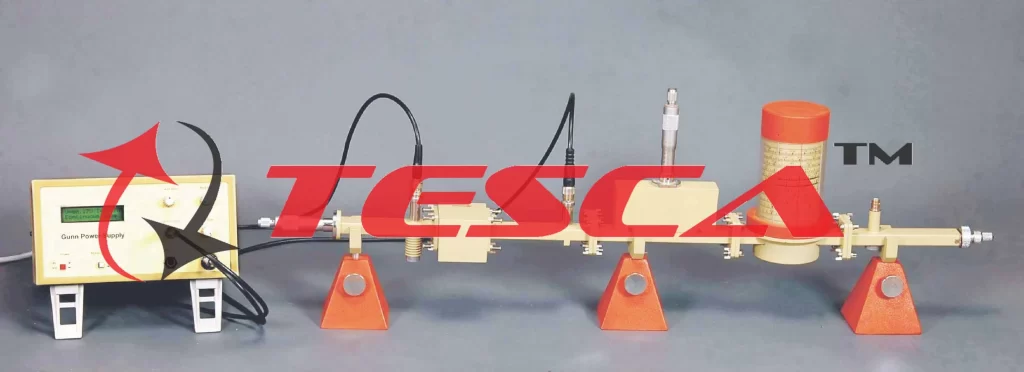
A Gunn diode is a classification of microwave transistors valuable in many radar and microwave applications. It helps transmit very high power pulses, but it has limitations.
A Microwave Test Bench is vital, taking the benefit of special-purpose transistors, resistors, and capacitors for exact timing and shaping of the intake waveform to test the execution of a Gunn diode microwave bench.
It includes a PIN modulator, Gunn Oscillator, SWR meter, Isolator, Variable attenuator, Gunn Power Supply, and a Detector Mount.
Microwave Test Bench Experiments
The Microwave Test Bench helps perform different variables using other microwave bench devices. Some of the procedures that one needs to follow to conduct experiments in any Microwave Test Bench are:
- First, the user needs to install the communication software if the user uses PC to PC communication to conduct the experiment and make the setup.
- After that, the user needs to connect the cables’ interfacing as per the requirement of the PCS. Connect it to the device(Microwave Test Bench).
- Next, the user must switch on the PCs’ sitch and the power supply, and it should supply it with 10 volts and an accurate SWR meter.
- After switching on the power, the user must select the COM parts and start the communication.
- Lastly, after revising the potentiometer, the user must acclimate to the comparator and then bring the outcome.
Microwave Test Bench – Manufacturer, Supplier, Exporter
If you are sceptical about which Microwave Test Bench will operate best for you, Tesca Global is there with its vast spectrum of apparatuses.
Tesca Global offers a wide range of products and services that the company builds to meet the most demanding/specialized application requirements. We are one of the most comprehensive test equipment manufacturers in this domain, providing our customers with affordable solutions to meet their specific needs. Some of the instruments that the firm offers are:
1. Tesca Globals’ Microwave Test Bench Complete Setup
2. Advanced Microwave Integrated Circuits Trainer
3. Gunn Microwave Test Bench
4. Tesca Globals’ Klystron Microwave Test Bench- (Antenna), etc
So, you can select the one that works best for your purpose from Tesca Globals.
FAQs
What Is The Use Of An Attenuator In A Microwave Test Bench?
The microwave attenuator helps control the power of a signal that goes into a microwave source. It helps to generate test signals or measure the performance of an element in the microwave path, such as an amplifier or waveguide.
In A Microwave Test Bench, What Is The Difference Between A Regulated Power Supply And A Klystron Power Supply?
A regulated power supply provides consistent flow to the electronics of electrons and has some elements that help in reducing the effect of conduct back in the device.
On the other hand, the Klystron power supply needs high voltage to operate, and it contains most of the functionalities that we can find in a regulated supply, but it handles high voltage.
What Is The Use Of An Isolator In The Microwave Test Bench?
An isolator works as shield equipment that utilizes transversely magnetized Junction, and it removes unwanted signals and let the waveguide to one direction.
How Is Unknown Frequency Measured In The Microwave Test Bench?
During the transmission or the waveguide of the microwave, the sum of an incident wave reflects, and it further reflects from the generator reflects upon the generator wave. The slotted line present in the device helps measure the standing wave ratio of the microwave.
Why Is An Isolator Used In Microwave Bench Setup?
Using an isolator in a Microwave Test Bench helps direct the signal to pass through the waveguide to a direction and removes the unwanted signals before it reaches the detect mount.
What Is A Detector In The Microwave?
A detector is a device that is useful in demonstrating the presence of a microwave. It reflects the present with the help of specific effects the machine produces, such as wave, bolometer and semiconductor crystals.
What Is A Crystal Detector In The Microwave?
Crystal detector is useful in Microwave Test Bench as these are useful as video detectors that provide the output when the microwave applies modulated or unmodulated energy. It provides both DC and AC output up to upto 10 MHz or higher signals.
Which Apparatus Is Used For The Measurement Of Microwave Frequency?
We can use a Microwave bench for the measurement of microwave frequency.
How Will You Measure Microwave Signal Characteristics?
The waveguide available in the standing wave ratio in the fixed indicator helps in adjusting the clock cycles of the signals. The signal then further transmits with the help of a waveguide that forwards to the BNC cable to the CRO or VSWR that helps measure the characteristics of a movement.



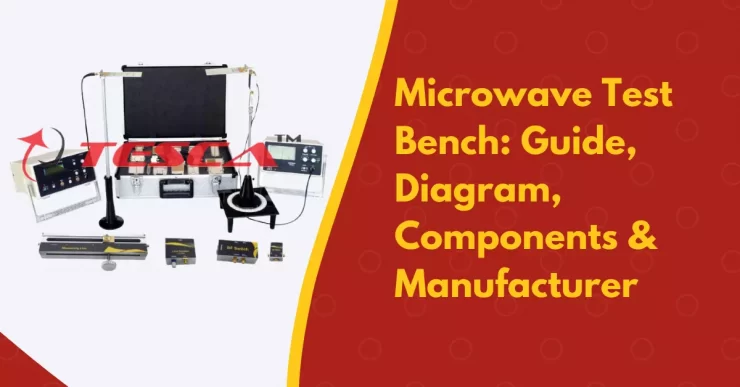
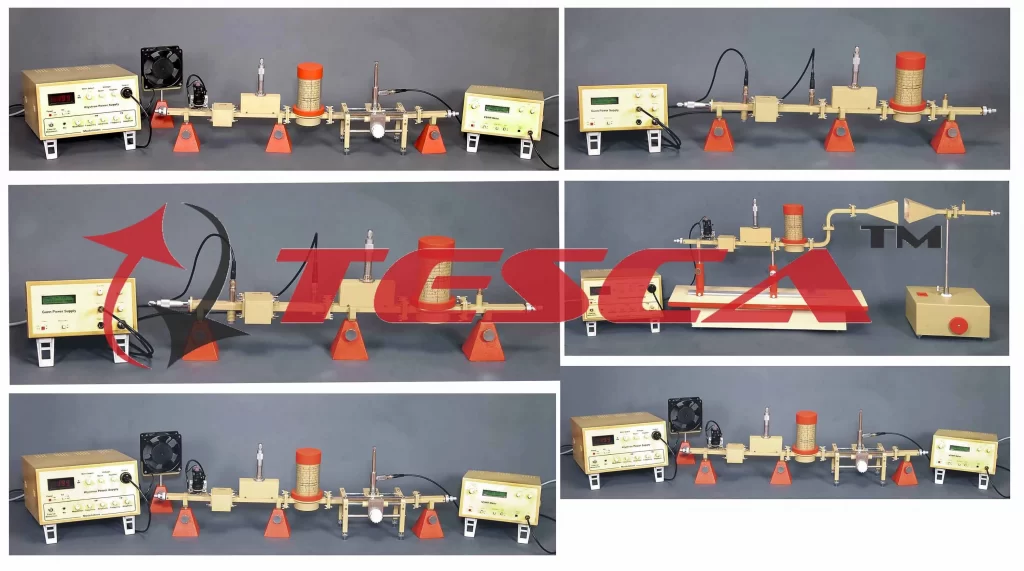
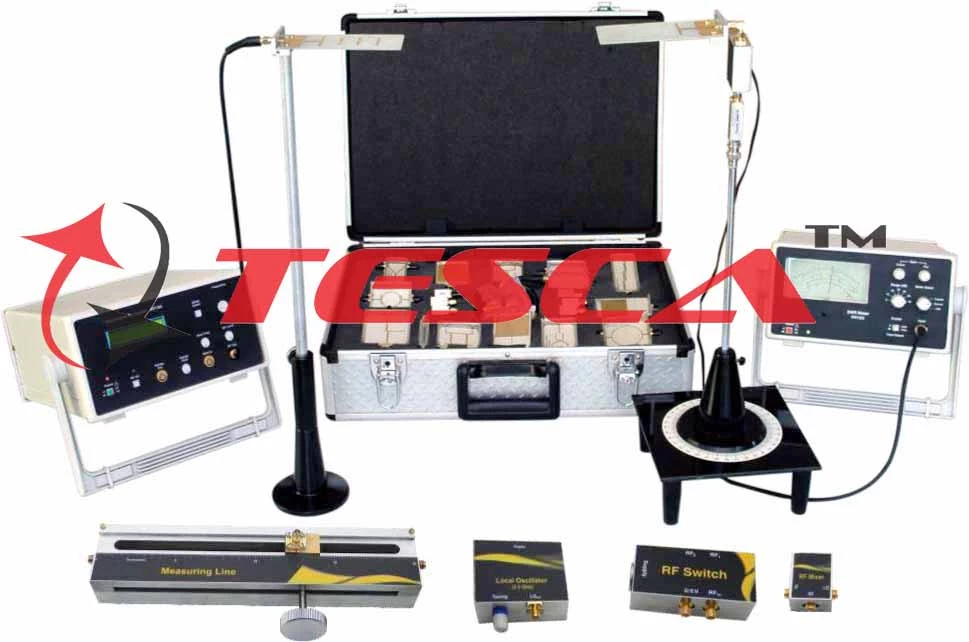
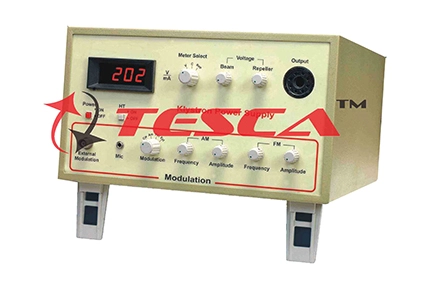

Add comment